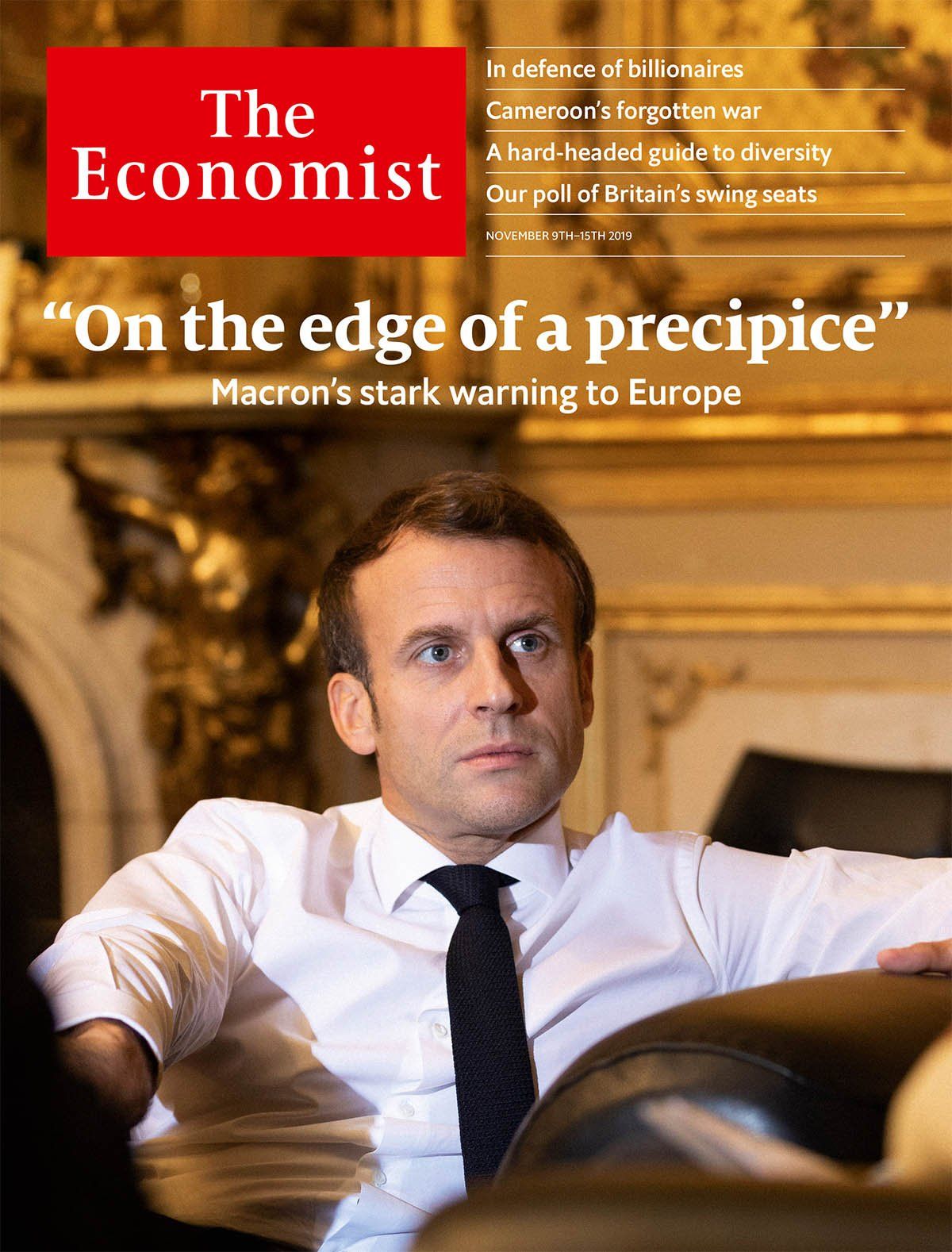What is the illiquidity premium?
A primer on the rewards and hazards of investing in hard-to-trade assets

IMAGINE TWO bonds listed on different exchanges that are otherwise identical. The risk-free rate of return is 2%. Investors hold bonds for an average of one year. A central bank acts as market-maker, supplying cash on demand for bonds. To cover its costs, the price the central bank pays (the bid) is a bit below the fair value of a bond, which is the price it requires buyers to pay for it (the ask). The bid-ask spread is the cost of trading. For A-bonds it is 1%. For B-bonds, which are listed on an inefficient exchange that charges higher fees, it is 4%.
This article appeared in the Finance & economics section of the print edition under the headline “Against the flow”
Finance & economics November 9th 2019
- Revisiting the euro’s north-south rift
- China tries to squeeze more out of a small trade deal with America
- Distressed debt funds are waiting for a downturn
- Have billionaires accumulated their wealth illegitimately?
- What is the illiquidity premium?
- Mexico’s radical president serves up economic mediocrity
- Financial crime through video games is on the rise
- Litigation finance faces ethical quandaries
More from Finance & economics

Can anything spark Europe’s economy back to life?
Mario Draghi, the continent’s unofficial chief technocrat, has a plan

Has social media broken the stockmarket?
That is the contention of Cliff Asness, one of the great quant investors

American office delinquencies are shooting up
How worried should investors be?
China is suffering from a crisis of confidence
Can anything perk up its economy?
America has a huge deficit. Which candidate would make it worse?
Enough policies have been proposed to make a call
Why Oasis fans should welcome price-gouging
There are worse things in life than paying a fair price
